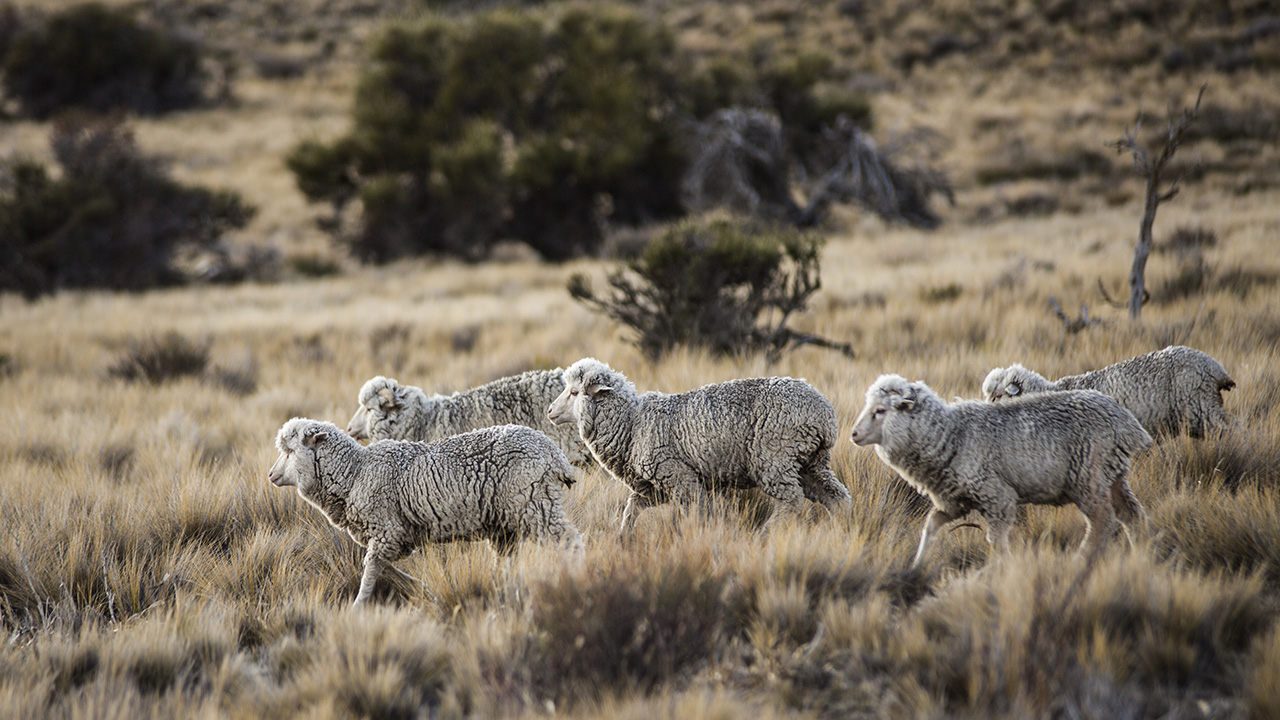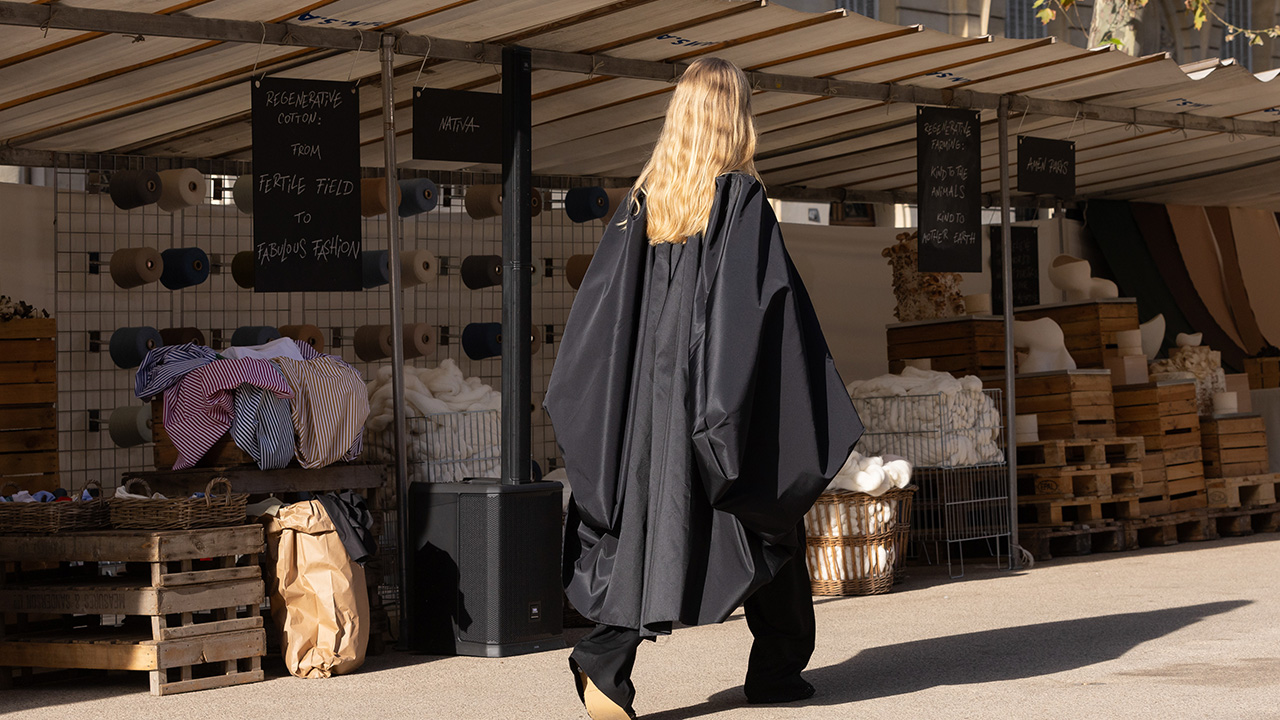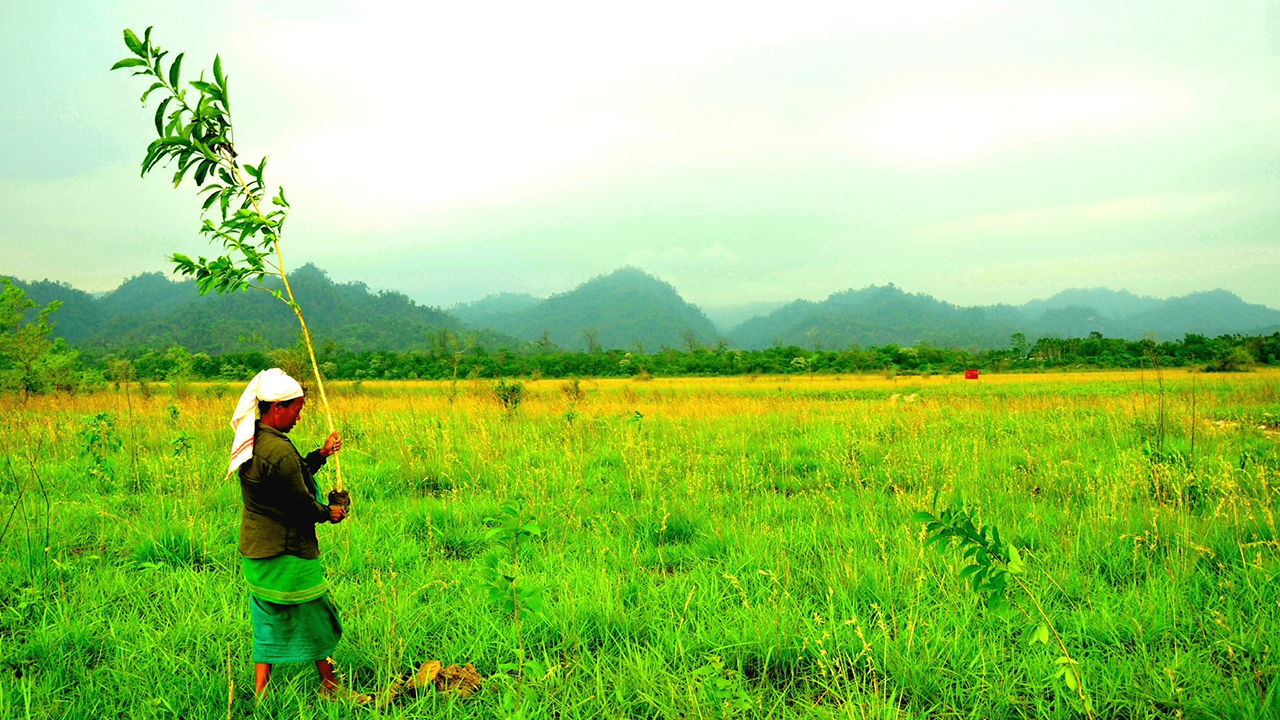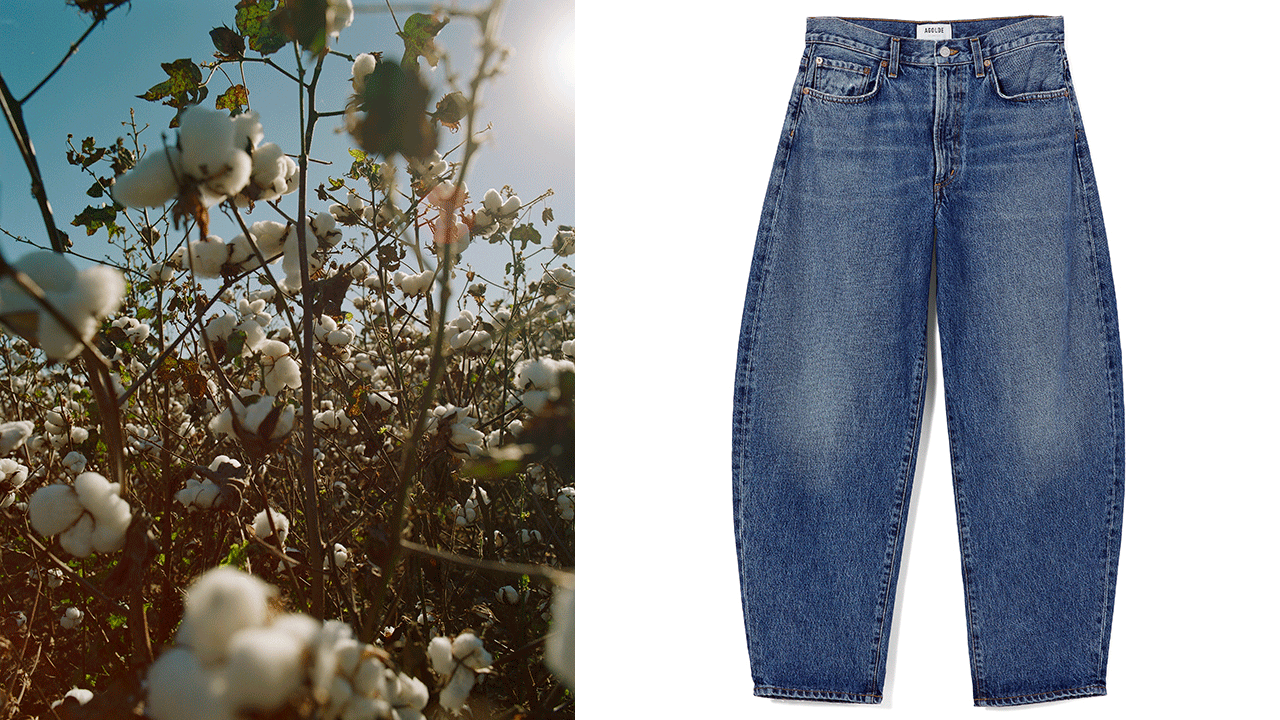

Move over sustainability, the eco-fashion buzzword to know for 2024 is regenerative agriculture. At Stella McCartney’s Spring/Summer 2024 show during Paris Fashion Week, the green trailblazer transformed the picturesque Marché Saxe-Breteuil with its perfectly framed views of the Eiffel Tower into a showcase of climate-positive material innovations that help fight C02 emissions. Models strolled past market stalls that had been filled with bales of regenerative Soktas cotton from Turkey and Nativa wool from Australia, Argentina, and Uruguay and which featured sign boards advertising how regenerative fibers travel “from fertile field to fabulous fashion.” And it seems everywhere you turn, brands from Reformation, ba&sh, & Other Stories, and COS to Gucci, Vivienne Westwood and Loro Piana are touting knitwear and tailoring made from regenerative cotton and wool fibers.

So what does it mean for cotton or wool to be regenerative? “Regenerative agriculture aims to regenerate soils, ecosystems and communities,” explains Safia Minney, MBE, founder of Fashion Declares and author of Regenerative Fashion: A Nature-based Approach to Fibres, Livelihoods and Leadership. Regenerative agriculture isn’t new exactly; Robert Rodale, son of the organic farming pioneer J.I. Rodale, coined the term in the 1970s to distinguish a kind of farming that leaves the land better than it was before by building soil health and carbon content and increasing water quality and biodiversity. But its recent adoption by fashion—an industry responsible for about 10 percent of global greenhouse gas emissions—has the potential to be revolutionary.
Regenerative agriculture aims to regenerate soils, ecosystems and communities. —Safia Minney, MBE
In biology, regeneration is the process of renewal, restoration, and regrowth: Think of a starfish growing an entire new body from just a single arm. The idea here is similar, except it’s the environment itself that is being made whole. Regenerative agriculture is modeled on how agrarian societies coexisted with the natural world for thousands of years before the advent of industrial farming practices in the 20th century and generally follows five key principles: minimizing soil disturbance through no-till and low-till farming, maximizing crop diversity, maintaining living roots in the ground year-round, planting cover crops between growing seasons, and rotational grazing. It aims to reverse the outsize damage done in just a few decades through tilling, monocropping, and using petroleum-based pesticides, which reduced the productivity of 23 percent of the earth’s entire land surface and used a staggering 70 percent of its freshwater supply.

Healthy soil stores more carbon, which can help draw down the excess of greenhouse gasses currently in the atmosphere. Maggie Hewitt, designer of the cult Sydney label Maggie Marilyn, sources regenerative wool for the tailored boyfriend blazers in her Somewhere line of evergreen essentials from Merino sheep stations in her native New Zealand. These farms let the animals graze in rewilded pastures filled with sunflowers and other native species instead of standard monoculture rye grass fields. “They’re really amazing carbon sequesters because they’ve got really long roots and they shoot really high into the sky,” Hewitt says of the bright yellow flowers that can reach 10 feet in height, positively giddy with the prospect. “So they’re pulling in carbon from the atmosphere and putting it back in the soil.”

Meanwhile, Italian houses Giorgio Armani and Brunello Cucinelli are both investing in fashion’s regenerative future through multiyear partnerships with the Sustainable Markets Initiative’s Fashion Task Force and Circular Bioeconomy Alliance founded by King Charles. Armani Group’s Apulia Regenerative Cotton Project is reintroducing cotton farming to southern Italy, where it dates back to the 12th century. And Brunello Cucinelli’s Himalayan Regenerative Fashion Living Lab project is transforming more than 1,000 hectares of degraded land in the Ladakh and Assam regions of India into regenerative farms.

For sheer ambition, it’s hard to top Citizens of Humanity Group’s Regenerative Cotton Program, a partnership with 10 farms across the United States and three in Turkey to transition 80 percent of the company’s denim production across its Citizens of Humanity and Agolde lines to regenerative cotton this spring, for a total of 1.6 million units. “I didn’t know that there was a solution available to actually help reverse climate change issues,” says CEO Amy Williams, explaining how watching the 2020 climate documentary Kiss The Ground showed her a new way forward. “We were so focused on sustainability and making choices that were less harmful, not something that actually could be helpful.”














